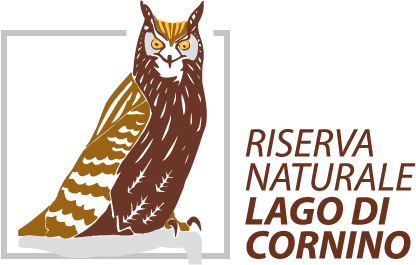Information for Photographers
USEFUL INFORMATION FOR PHOTOGRAPHERS
The Reserve offers professional and amateur photographers the chance to capture scenes and exceptional moments, including the majestic flight of the griffon vulture and the various stages of their biology.
There are no hides available for this purpose, but there are two points from which you can take good pictures:
- Within the area of the visitor centre and therefore reached during opening hours, there is the observation point for the vulture feeding site (about 240 m away), from which the Reserve staff carry out their monitoring of the free-flying population.
- Along the path that from the visitor centre reaches the Lake of Cornino that can be used outside the opening hours, you encounter a wooden bridge leading to a small hill, from which on the side you see the feeding point (approximately 250 m away) whilst in the other direction opens a spectacular panoramic view across the river Tagliamento.
The path along the lake also offers the opportunity to photograph the vultures, which, after eating, fly off to exploit the thermal updrafts.
On the mountains close by one can also take pictures, but of course the chances of encountering these vultures is reduced and normally one must have several days available.
In order to observe the griffons whilst feeding and in flight, visitors are advised to visit the reserve in the morning, as they are usually on the ground in the morning. It at precisely in this time of day that the thermal currents used in their soaring flight are created, enabling the griffons to cover considerable distances.
In addition to the griffons, constantly in attendance at the feeding point, from spring to early autumn you may get a chance to take pictures of other types of vultures, quite rare in the area, such as the Egyptian vulture, the cinereous (or black) vulture. The black kite is a constant presence in the summer and the golden eagle together with occasional specimens of red kite as well as other raptor species.
NOTE FOR VISITORS
Please note that all wild animals are shy and the griffon is especially vulnerable. It needs absolute peace on the feeding site as well as on its regular perches and nesting sites. If disturbed it will not return to the feeding site for several days with a high risk of abandoning the area or a failing in its nesting attempt during the breeding season (January to August). The Griffon does not breed every year and lays just one egg. Disruptive actions related directly or indirectly to human presence may undermine the results achieved in over 20 years of work, and put these birds, the only breeding population in the Alps, in serious danger.
We therefore kindly request that you to behave in a manner suitable for the site and respectful of the animals, staying on marked trails and not attempting to get closer to the feeding point. Going off the tracks is prohibited and in any case would not allow the observation of the griffons at shorter distances because the feeding site is elevated and surrounded by woodland.
Photographs and films are a very important element for research and education. The management body of the Reserve is therefore grateful to those who make their material available, which will always be used together with the author’s name. Also very important are photos of rare and marked animals (with rings, wing-tags and depigmentation of the wing-feathers) that allow useful information for ongoing research to be obtained.
